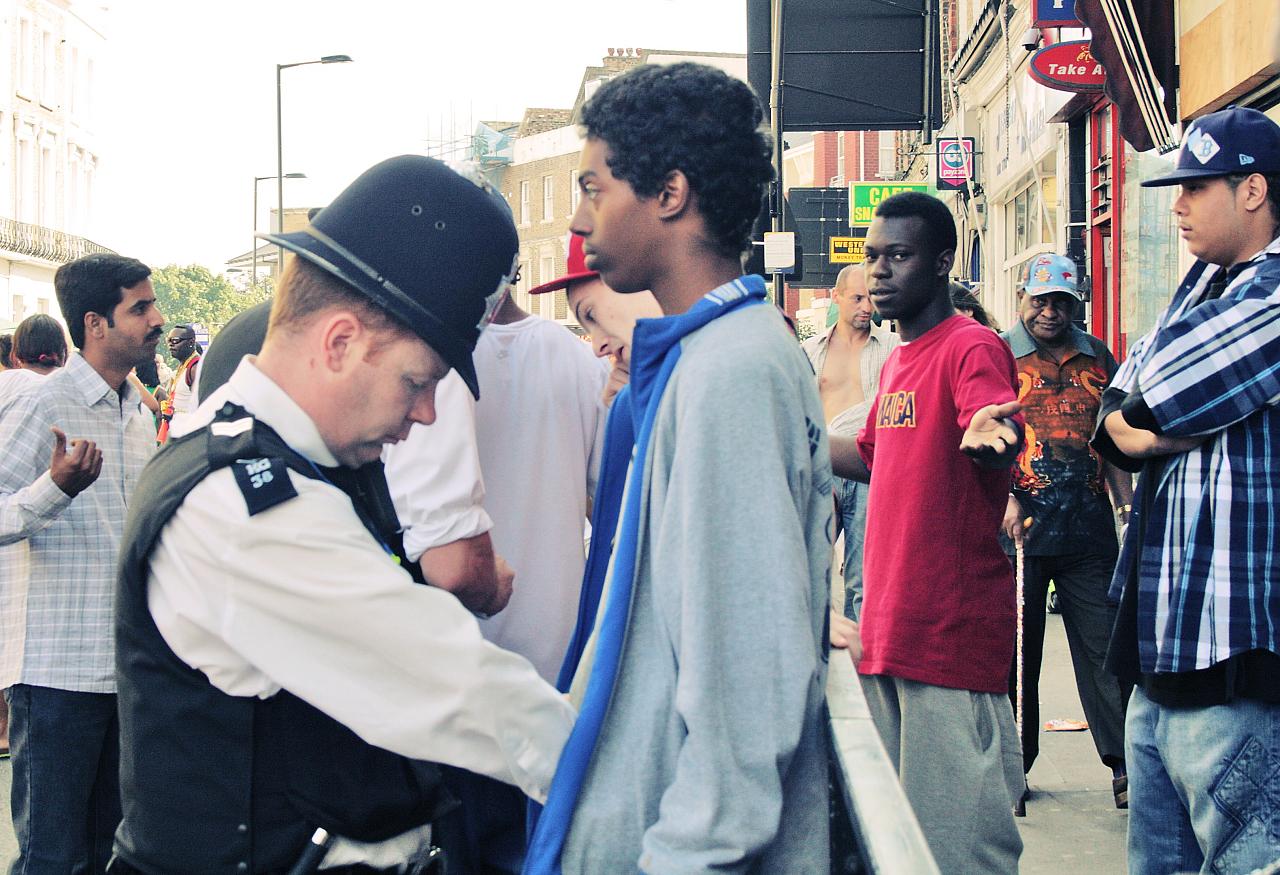What's the impact of aggressive policing policies, like New York City's former "stop and frisk" approach to high-crime communities? The evidence suggests that aggressive policing can work to lower the crime rate in some neighborhoods, but it also comes at a cost: lots of innocent individuals stopped and resentment of the police within some communities. While crime statistics are relatively easy to gather, these later issues are much harder to quantify.
But a team of US-based researchers has now attempted to do so, tracking a group of minority male students over a couple of years. Their results suggest that interactions with the police cause distress among these students, and that distress ultimately leads to what they term delinquency—which can include more crime.
Mixed record
The general concept of proactive policing involves putting more police out in high-crime neighborhoods, with the expectation that they'll act as a deterrent to criminal activity. But a large number of approaches that fall under this umbrella lead to a somewhat mixed record. "Although most quantitative studies support that proactive policing is associated with reduced crime," the new paper notes, "there is no consensus in the literature: some studies find no relationship, whereas others find that proactive policing may be counterproductive." In addition, most existing studies have focused on short-term changes in crime rates rather than long-term ones.
Meanwhile, the effects on the communities being policed are even less understood. The approach necessarily puts more police into these neighborhoods, and their interactions with the citizens there won't always be positive. In addition, higher-crime neighborhoods tend to be poorer and have higher minority populations, leading to potential issues of racism and class tensions.
So how does this all balance out? It's a difficult question to answer, but the new study focuses on a critical population: young minority males. They're the most likely to have interactions with the police and are at an age where they're vulnerable to lots of social influences. Some studies suggest that aggressive interactions with the police leave these individuals angry and/or distressed: "Police-initiated contact is associated with diminished psychological well-being and physical health for nonwhite boys and young men."
Tracking students
The research was done in an unnamed large city in the US South, with participants recruited from schools in neighborhoods with high-intensity policing policies. Most of them identified either as Latino (58 percent) or black (23 percent), and the average age was 15 years old. The students were given surveys of their experiences every six months for two years. While a larger population was initially recruited, only 645 of them completed all the surveys.
That skews the sample a bit. The people most likely to stay in the study were more likely to come from a two-parent home, have higher grades, and nearly half had a paying job at some point during the study. Critically, the ones who dropped out before completing the study had more frequent encounters with police prior to dropping out. It's not surprising that the people with the most stable environments were also the most likely to stick through the two years of the study, but that population may not reflect the general experience of minority students.
Every six months, the students answered questions about the frequency of their interactions with the police, their psychological well-being, and whether they had engaged in behaviors that were labeled "delinquent" but could clearly include crimes like theft.
The time lapses built into the study design allowed the researchers to track the impact of police interactions over time. For example, they were able to determine that interactions with the police were more likely to leave students with more signs of psychological distress six months later. And, six months after that, the students were more likely to have engaged in delinquent behavior.
Strikingly, the opposite wasn't true: delinquent behavior didn't predict later interactions with the police. This suggests that, to at least some extent, the aggressive policing wasn't always on target with its efforts. It also suggests that crime-rate statistics may not necessarily reflect some of the underlying dynamics of crime and delinquency in the community.
There are a lot of limitations to this study. It's just one city and therefore one approach to preventative policing; behaviors and psychological well-being were self-reported instead of measured independently; and there was a small sample size and high dropout rate. All of these should limit the conclusions we reach from this one study.
Still, the results are certainly worth following up on. Expanding the scope to other cities has the potential to identify trends that are associated with different approaches to aggressive policing. It may be that there are ways to obtain the drop in crime rates many studies have seen without driving interactions that distress the community members.
PNAS, 2019. DOI: 10.1073/pnas.1808976116 (About DOIs).


